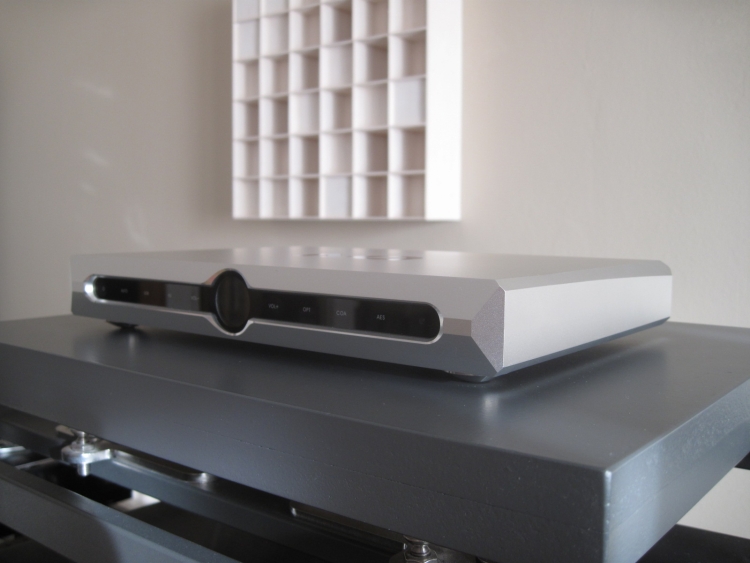
Fully-fledged DSD DAC with incredible build quality
Review sample kindly supplied by Euphony Audio
Retail price in the Netherlands: approx 1700 euro
I’ve mentioned on this site before how affordable DACs are getting better and better. While some people might find 1700 euro to be a very large sum of money (and objectively it is), I come from an audio past where you would need to spend at least 5000 euro to get a really great DAC. Anything under that didn’t really sound very good. How times change.
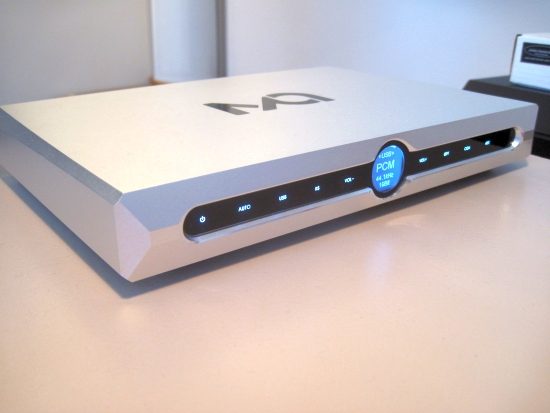
When operating the touch keys, they light up. After a while, they go off again. The unit enters standby after the absence of a signal after a while and automatically wakes up again when the signal resumes. During sleep mode, its USB input is not active, doubtless a consequence of EU legislation regarding low power consumption.
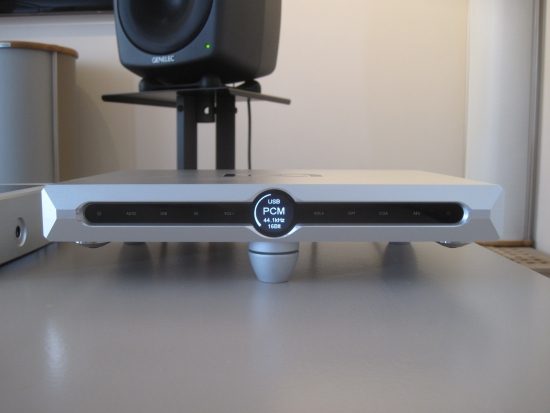
But let’s start with the DAC’s appearance because the X-Sabre Pro is one seriously handsome looking DAC. It is built in the same way that the costly Jeff Rowland equipment is built: milled from a solid block of aluminum and with no single screw in sight. This makes for a seamless monocoque housing that is vibrationally inert and very heavy. The attention to detail is evident all around and from every angle, even from the rear and the bottom. From this standpoint alone already my feeling is that the DAC is easily worth its asking price, but the list goes on.
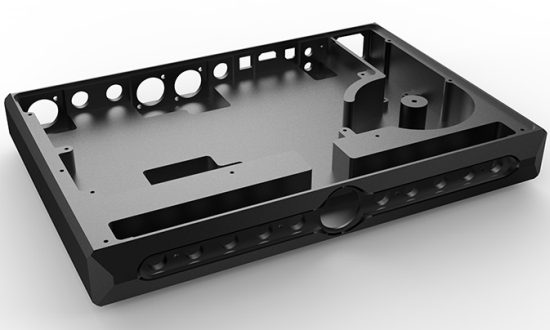
The X-Sabre Pro utilizes a linear power supply with Noratel transformer and Nichicon caps and then there’s the mind-easing knowledge of having the latest Sabre ES9038PRO DAC chip on board. The DAC supports 32Bit/768kHz PCM audio stream playback as well as DSD64, DSD128, DSD256, DSD512, and DSD1024 with a sample rate of 45.158MHz via I²S input port. DSD audio streams are not limited to playback through the USB port, but there is also support for DoP or dCS protocol via optical, coaxial and AES/EBU inputs.
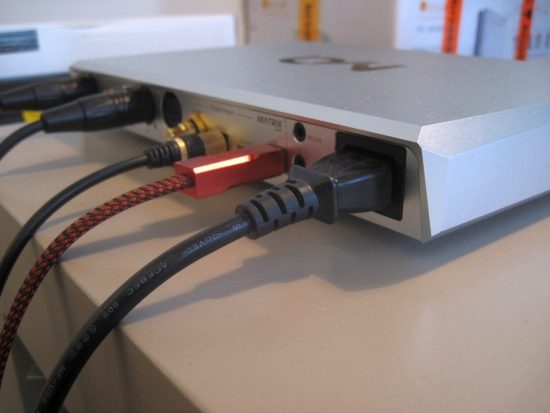
Add in defeatable volume control with switchable 18dB extra gain, 7 PCM filters, 4 DSD filters, switchable dither, switchable jitter reduction, switchable synchronous/asynchronous USB and PS Audio standard I2S, a very attractive touch panel for all controls with a clear display that is visible from all angles (Exogal take note) and a very nicely made remote control with very distinctive styling and excellent tactile feel and it starts to look like something of a bargain. But the all-important deciding factor is… how does it sound?
X-Sabre Pro Sound – PCM
To thoroughly assess the X-Sabre Pro’s sound, I listened to it in 3 different audio setups. I first connected it in my Media Room setup where I normally use an Exogal Comet DAC (with standard power supply) and Genelec 8050B active speakers. Main playback application is Roon, with jRiver Media Center used primarily for metadata grooming.
Later I listened to the DAC in my main setup using Apogee Diva magnetostatic speakers, Jeff Rowland amplification and Aurender N10 music server as well as the Euphony Buggy/Zotac server.
Finally, I listened to the DAC in a temporary review system centered around the incredible Marten Mingus Quintet speakers.
Settings and sound
The X-Sabre Pro has an extended range of settings to be made that can influence the sound of the DAC to suit personal needs or preferences. Naturally, I just had to try each and every one. I’ll go through all of them while unraveling how the DAC sounds.
Using Roon via USB with optimum settings (Wasapi, Exclusive Mode and no DSP) the X-Sabre Pro sounds tonally full yet very precise. In some setup combinations (only when playing PCM), some people might find it to be a little dry, but this can easily be ameliorated by switching on the Dither option. This makes for a nicely subtle smoothing effect that creates more fluid decays while providing seemingly higher resolution. I kept it on for the duration of my testing.
When switching off Jitter Reduction the bass seems to become a little bit more articulate which in itself is nice, but the midrange and treble also become a bit too forward and a little edgy this way, and so I would recommend always using the DAC with Jitter Reduction enabled, as I did for the rest of the review.
In USB, asynchronous is the magic word, and there are hardly any DACs that use synchronous USB, usually for good reason. The X-Sabre Pro, however, offers the user the option to choose. Switching from Asynchronous to Synchronous USB mode indeed seems to illustrate nicely why this mode is not used very often anymore. In this context, I found that all the musical aspects lost a little, while nothing was gained. This makes perfect sense but the setting is a nice option to have if only to prove that the X-Sabre Pro’s clock is more accurate, or at least works better in Async mode.
Then, of course, there are the various filter settings. They provide a subtle way to tweak the sound and vary from a softening effect to a focusing effect. I found the default filter (mode 1) to sound best. The X-Sabre Pro’s midrange is very open and communicative and arguably a little dry, but its treble is always sweet and refined, and never harsh. The bass is solid and not woolly or soft, but somehow not as well-defined as the DAC’s nicely open and communicative midrange. When using a slow roll-off filter such as mode 2, this effect is most pronounced, and with the DAC’s default filter mode (mode 1) this is least noticeable. The brick wall filter also sounds good in the bass, but not so great overall, as it tends to flatten the sound somewhat. Just like with the sync USB setting, brick wall filters are not used often anymore, but it is great to have the option, again if only to convince oneself that the more modern filter settings really are technological advances, which I do think they are. What further helps bring out the articulation in the bass is to use pointy feet such as Cones, Ceraballs (as I did) or Stillpoints.
Pacing is just right: not slow but also not hurried, and (the impression of) dynamic behavior is conform that of many other modern DACs that I have reviewed recently. If that sounds like covered criticism that is because I feel that in spite of having a very detailed and clear sound, many current DACs sound dynamically a little compressed and less immediate than some older DACs that are no longer available such as the classic Wadias. But do note that the X-Sabre Pro sounds quite powerful and pretty lively overall, and just a little restrained dynamically compared to the best DACs I know.
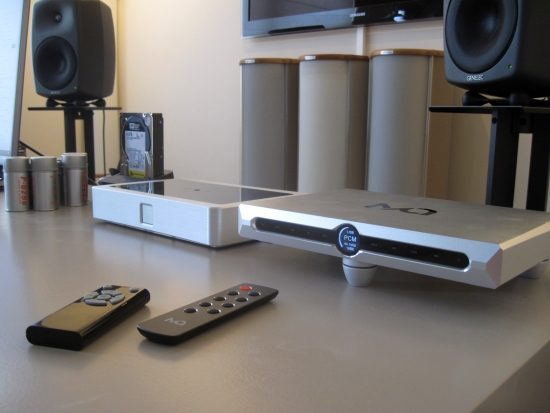
The Exogal DAC has little steel balls as feet so it’s only fair that the X-Sabre Pro also receives a “ball” treatment, Ceraballs in this case.
Compared to Exogal Comet
Compared to the 2600 euro Exogal Comet, the X-Sabre Pro makes a very good case for itself. It is easily as well built and offers more functionality and a better remote control unit. Oh, and unlike the Exogal, the X-Sabre Pro’s display is actually legible;-). Using the same playback application, audio transport protocol and the same USB cable, the Exogal and X-Sabre Pro do not sound worlds apart, rather more similar than different. The main differences are that the Comet has a more energetic, spritely spirit while the X-Sabre Pro has a fuller, darker and smoother nature. Timbrally the two are also different, and while this is a subjective area, I feel that the Comet has a less processed, more convincingly natural tonality. On the other hand, the X-Sabre Pro has a more sonorous, fuller, sound, which in other setups might translate in a more natural sound. Due to its slightly thicker bass, you could also say that the X-Sabre Pro is a little creamier than the Exogal.
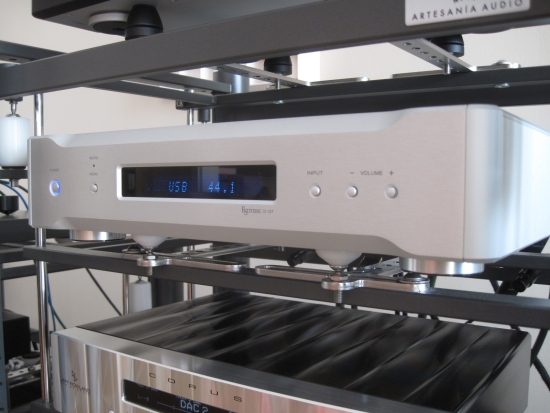
Compared to Esoteric D-07
The 5000 euro Esoteric is definitely not any more refined than the X-Sabre Pro, rather the opposite, but it does sound dynamically more expressive than the X-Sabre Pro. Just like the Exogal and the X-Sabre Pro, the Esoteric is a Delta/Sigma design, which goes some way to show that one need not resort to Wadia, or multi-bit, to obtain a more solid, more dynamic sound. Now whether you need the maximum in dynamics, or even like this kind of “bold” presentation, is, of course, another matter. I can imagine many systems, especially more affordable ones, sounding inherently plenty dynamic, meaning that you need not extract the last nth of dynamic expression from a DAC. In audio, it is always a matter of balance, and all is pretty relative.
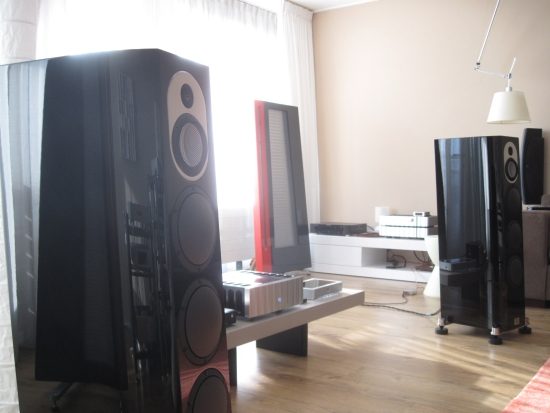
A different perspective using an extra audio setup
Since I also had some seriously high-end audio equipment over for review at this time, I decided to use the X-Sabre Pro and the Exogal Comet in another comparison round. This was especially interesting because this audio system was set up in a different section of my listening room and was comprised of different components than I normally use. Speakers were the amazing (and amazingly expensive) Marten Mingus Quintet which are dynamic speakers, not dipole ribbons as in my usual setup. Amp used was a Jeff Rowland 625 s2. Speaker cables were the Jorma Design no.3 and interlink was a Jorma Origo as well as a Cardas Clear XLR. I also briefly used my newly refurbished Jeff Rowland Coherence II preamp with both DACs.
In this exalted setup, the X-Sabre Pro was obviously seriously underpriced, but it actually performed very well. With the Rowland preamp in place, the difference between X-Sabre Pro and Exogal was more or less conform what I experienced in the Media Room with the Genelec speakers, both DACs sounding good but the Exogal sounding timbrally a little bit more convincing and dynamically more alive in the bass and lower midrange.
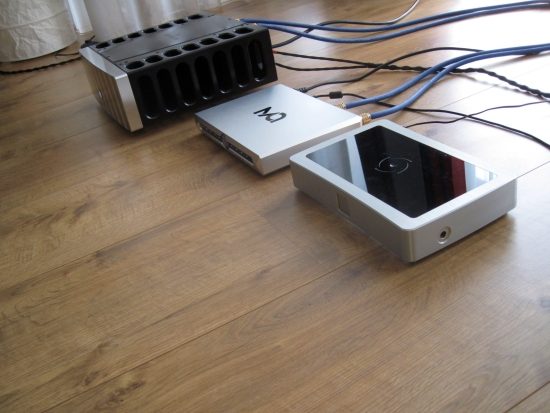
When feeding the 625 power amp directly however these timbral differences were reduced to the point of being meaningless. Also, the feeling of a shortcoming in overall dynamics was no longer evident. I think this was the case because the Marten speakers themselves are inherently more propulsive and dynamic sounding than either the Genelecs in my Media Room or Apogees in my main setup. Used in this context I can conclude no other than that the X-Sabre Pro sounds timbrally correct, perfectly natural and neutral, with only a slightly thick bass as a deviation from absolute neutrality. Once again a case in point that things in audio are quite relative.
DSD
I realize that I may come across at times as being old fashioned in my write-ups, but I’m really not. I embrace new technology as much as the next guy, but it has to have meaning for me personally. I am referring to the DSD standard, which, after the hardware format flopped is on a steady rise as a file format. So far, I have only used DSD for comparisons and reviews, but I do not use the format for my regular listening. It’s not that there is no potential in the format, but more that I find that there is actually very little wrong with regular red book CD’s, provided that the discs have been produced carefully. Naturally, 16/44’s inherently lower resolution is easily beaten by any hi-res format but I find that while my brain likes this, an emotional connection with the music is not necessarily fueled by such aspects. The main thing, however, is that allowing for some exceptions, more and more I get the feeling that CD sounds its best when the digital stream is decoded natively, ie using a Multi-Bit DAC and as little processing as possible.
This intro serves to pose the next feeling I have which is that DSD plays more to the strengths of modern Delta/Sigma DACs. I might even go as far as to propose that the benefits of DSD might be even clearer on modern DACs because they simply perform better with DSD than they do with PCM.
Interesting theory or nonsense? You be the judge. In any event, this will hopefully help understand why I play little DSD and still hang on to classic Wadia DACs, even though I have heard extremely good DSD playback from such brands as dCS and PS Audio.
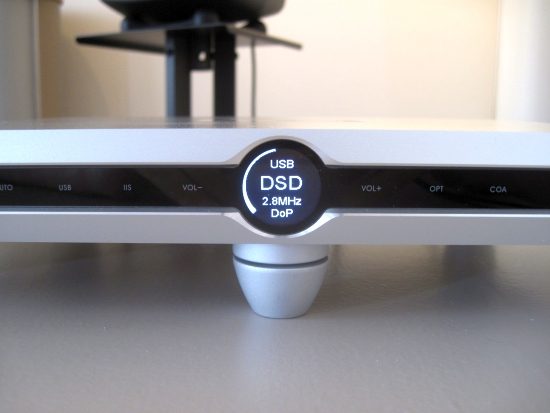
X-Sabre Pro Sound – DSD
Roon also plays DSD but because I use its Radio mode (automatic intelligent shuffle) a lot, and the Wadia DAC does not do DSD I have excluded the DSD directories in its cached library. For database cleaning and meta data grooming however I use jRiver Media Center v18.0.212, and this program is also capable of very good audio playback. These two programs do sound slightly different from one another (with Roon taking the prize), but not enough to be a limiting factor in audio component comparisons. Using jRiver with the best settings (WASAPI, Event Style, Exclusive Mode and DoP DSD streaming enabled, I cued up all my DSD material and resumed listening. A quick disabling of DoP streaming confirms that DSD downsampled to PCM really does not sound anywhere as good as DSD streaming more or less natively via DoP (the DoP protocol does losslessly package the data into a PCM container).
With DSD the X-Sabre Pro is unrecognizably better across the board: the music is much more propulsive, upbeat and transparent. Completely gone is the slurryness in the bass, replaced with a fully coherent character from top to bottom. Transient behavior is now on par with what I expect to hear from a DAC well above its price class, and, importantly, its dynamic restraint is completely gone, and I would now say that the DAC actually has excellent dynamics. Heck, even its timbre is now entirely natural. Track after track I can only conclude that the X-Sabre Pro sounds not only fully up to par, but actually quite a bit better than what I heard with the Comet so far.
If this improvement going from PCM to DSD is typical for modern DACs then the format’s ever-increasing popularity is not only completely understandable but also fully supported by yours truly.
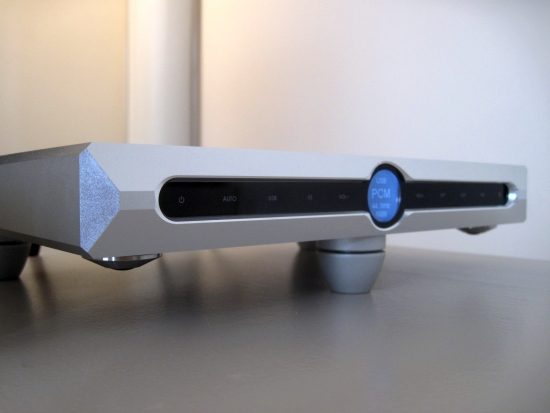
Conclusion
The X-Sabre Pro offers incredible build quality and lots of useful features, in my view justifying its retail price based on these aspects alone. Sound quality is great across the board, providing high levels of detail with a clean and neutral midrange and sweet, airy treble. With PCM files the bass is slightly thick and dynamics a bit restrained, but this also lends a forgiving nature to its otherwise clean sound. With DSD files the Matrix X-Sabre Pro ups its performance across the board and really excels, turning in a fully transparent and coherent sound, with an agile, fluid and highly refined quality that extends its price class by a wide margin.
Read Also
External Links
Manufacturer: matrix-digi.com

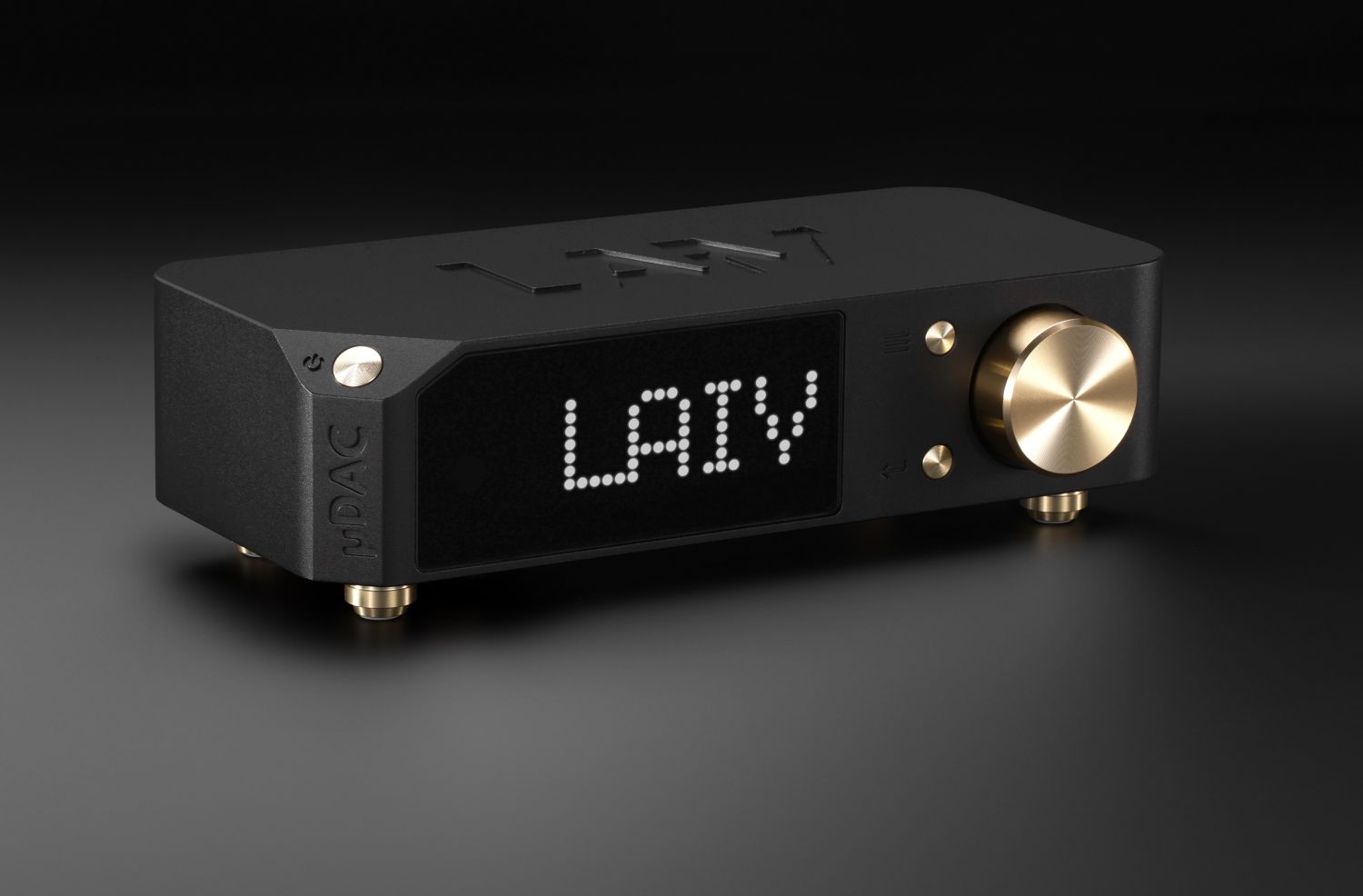






I have been using this model since January.
About async/sync mode, it has nothing to do with USB. In sync mode, the internal 100MHz clock is used for ES9038PRO.
Mistake, In async mode, the internal clock is used.